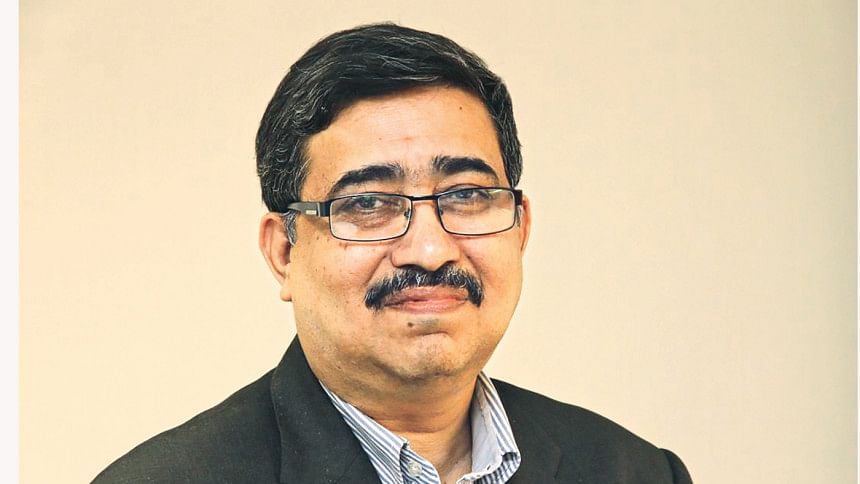Handling non-performing loans

Though it is deemed to be much higher in numbers, Bangladesh's banking sector reportedly has the second-highest ratio of non-performing loans (NPLs) in South Asia, with only Sri Lanka having a greater ratio. This was revealed in a recent World Bank report which also found that Bangladesh had the highest NPL ratio among non-banking financial institutions (NBFIs) in the region.
NPL rates in most South Asian countries stayed below the 2021 levels and the 10 per cent threshold, often used to signify systemic stress in the region. Bangladesh and Sri Lanka were the only outliers, with the Bangladeshi NPL ratio exceeding the 2021 level and being perilously close to the 10 per cent threshold (at 9.4 per cent).
As of December 2022, defaulted loans at banks had increased 16.8 per cent year-on-year to Tk 120,656 crore. The ratio accounted for 8.16 per cent of the outstanding loans given out by banks as of December, up from 7.93 per cent a year ago. This happened despite Bangladesh Bank loosening the limits on rescheduling to reduce the rate of default loans in July. Experts have consistently stated that lowering standards will not tame defaulted loans. This is alarming, as most banks here lack a robust risk management culture.
The IMF named the banking sector's issues, which include a substantial amount of NPLs, as one of the three major domestic risks that could cause the economy to crash in the short- to medium-term and stated a medium- to high-probability that these issues will spread to the broader economy.
Our troubled past had seen a period of 30 per cent-40 per cent classified loans. However, risk managers at private and foreign commercial banks contributed significantly to improving their asset portfolio despite large growth due to reforms driven by development partners.
As a banker having worked in large global banks and across regions, fellow bankers frequently ask me: "How can we avoid loan defaults?'' My nearly 15 years' experience as a risk officer with global banks taught me: Loans usually go bad due to improper need assessment, wrong facility structuring, security/collateral shortfall, weak internal cash generation, lending based on borrowers' names, ignorance about competition, economic downturn, poor loan appraisal, failure to manage foreign exchange risk, lending officer's corruption or ignorance, and poor or no approval condition/covenant compliance/monitoring.
Noncompliance with sustainable finance guidelines can also lead to loan defaults, as social protest groups pressure authorities to close these businesses. Faulty land titles, grabbing of school/prayer places, and non-core businesses to key entrepreneurs have often caused increased project costs or relocation of companies, leading to further defaults.
It is the loan officer's responsibility to ensure the identification and mitigation of any risks connected with the portfolio or firm. Lending officers often become captive to large clients due to their perceived muscle power, or emotional blackmailing. These clients dictate terms and can divert excess money out of the business or falters timely repayment. Loan officers must do an "in-depth" need assessment to determine the client needs. They must review the projected turnover, tenor, and bank financing need of an end-to-end transaction. To penetrate the priority client segment, loan pricing must be reflective of risk or government subsidies must be provided. Many financial institutions in Bangladesh yet lack a risk policy or structured approach to loan appraisal, disbursement, and repayment. They have a large pool of people in their credit departments, yet they rely on the board for each loan approval.
We should also remember that change of heart for willful defaulters is not possible because defaulting willfully is generally profitable. While we should instill proper legal process to recover failed loans, simultaneously big focus should be on the institutions and their failed risk evaluation, governance structure and process.
The writer is an economic analyst.

 For all latest news, follow The Daily Star's Google News channel.
For all latest news, follow The Daily Star's Google News channel. 


Comments